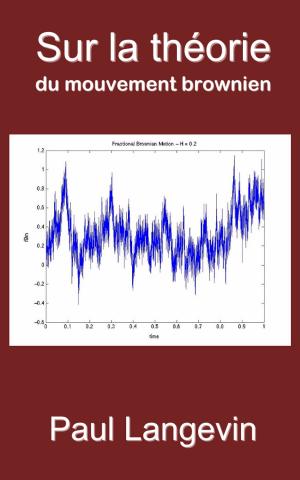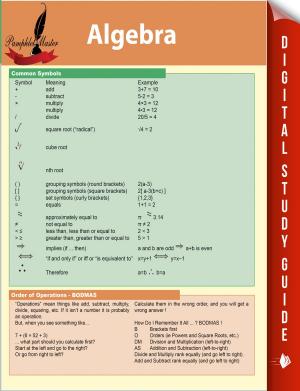Compression Recycle Motor & Lost Energies of Thermodynamic Cycles
Nonfiction, Science & Nature, Science| Author: | D. N. Bauer | ISBN: | 9781370912032 |
| Publisher: | D. N. Bauer | Publication: | November 25, 2016 |
| Imprint: | Smashwords Edition | Language: | English |
| Author: | D. N. Bauer |
| ISBN: | 9781370912032 |
| Publisher: | D. N. Bauer |
| Publication: | November 25, 2016 |
| Imprint: | Smashwords Edition |
| Language: | English |
A sample:
Vapor energy of liquid fuel is an unused energy of daily internal burning motors. If liquid fuel heated in closed box until after burning degree, its pressures increases 200 - 300 or more bar. This pressure decreases 15-20 bar without work in internal burning engines. This is the first lost energy in today’s engines.
**
Another Sample: Today’s piston engines fire the fuel at the end of compression. And air pressure increases in cylinders suddenly. These engines convert this pressure by pushing piston. There are two moments: before burning and after burning. The pressure of cylinder is lower at time before burning than after burning. Today’s engines do not produce a work by sending burnt gases from the area after burning moment to the area before burning moment. The existence of second work producing channel between of them explains why today’s engines are low productive engines. This subject is explained in chapter 3 as compression recycling engines.
Impeller motor is a simplest motor. But it has thermodynamic advantages than both piston engines and turbine engines. It compresses the air during first work producing without work loss. Then the air pressure increases with burning. With increased burnt air it compress coming air. This is a couple of advantage than turbine engines. It is a COMPRESSION RECYCLE.
**
All 12 energy saving guidelines show alternative engine producing methods and explain why today’s engines produce less work.
A sample:
Vapor energy of liquid fuel is an unused energy of daily internal burning motors. If liquid fuel heated in closed box until after burning degree, its pressures increases 200 - 300 or more bar. This pressure decreases 15-20 bar without work in internal burning engines. This is the first lost energy in today’s engines.
**
Another Sample: Today’s piston engines fire the fuel at the end of compression. And air pressure increases in cylinders suddenly. These engines convert this pressure by pushing piston. There are two moments: before burning and after burning. The pressure of cylinder is lower at time before burning than after burning. Today’s engines do not produce a work by sending burnt gases from the area after burning moment to the area before burning moment. The existence of second work producing channel between of them explains why today’s engines are low productive engines. This subject is explained in chapter 3 as compression recycling engines.
Impeller motor is a simplest motor. But it has thermodynamic advantages than both piston engines and turbine engines. It compresses the air during first work producing without work loss. Then the air pressure increases with burning. With increased burnt air it compress coming air. This is a couple of advantage than turbine engines. It is a COMPRESSION RECYCLE.
**
All 12 energy saving guidelines show alternative engine producing methods and explain why today’s engines produce less work.















